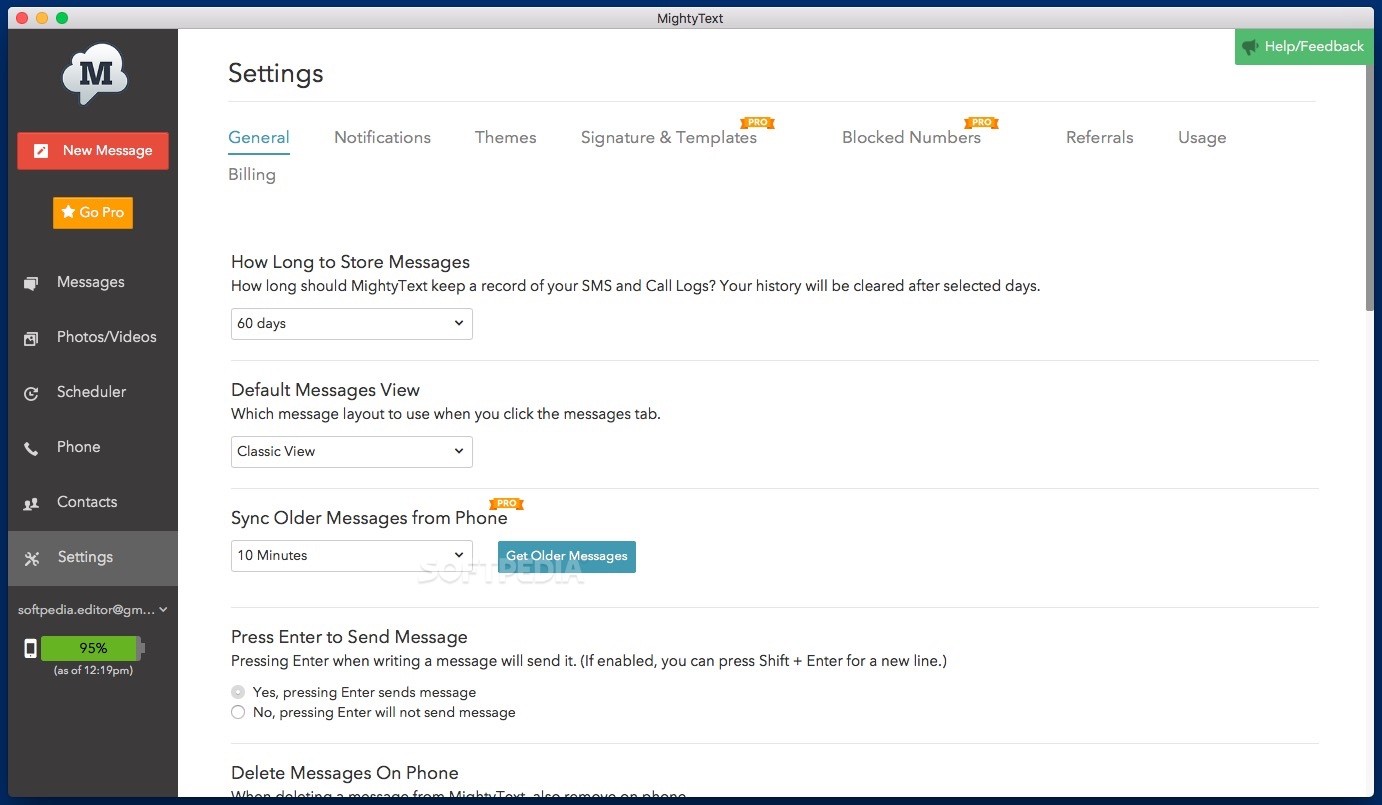

He, too, describes mental and emotional fatigue in CTCL patients and emphasizes the need to rule out organic causes of fatigue. William also encourages patients to discuss fatigue with their doctor. Basem William, former Director of the T-Cell Lymphoma Program at Ohio State University, discussed fatigue at another CL Foundation Facebook Live Event 7 in late 2019. 6 It’s an interesting thought to consider that you may feel fatigued, completely independent of your CTCL diagnosis.ĭr. The Journal of Psychosomatic Research suggests that up to 45% of ALL American adults are chronically fatigued. Unsurprisingly, research data validates Susan Thornton’s opinion on fatigue. Susan describes both an emotional and physical fatigue from long-term treatment. Susan encourages ongoing discussions with your healthcare provider to determine if fatigue is “disease-related, or lifestyle-related”. Susan Thornton, the Cutaneous Lymphoma Foundation Chief Executive Officer and a CTCL patient herself, describes how poor sleep and life stresses, possibly unrelated to CTCL, contribute to fatigue. Abdulla also noted that coexisting medical conditions may contribute to fatigue.
#Cutaneous tcel lymphoma free
It is important to monitor blood tests, specifically the free thyroxine level so that patients can be “boosted with synthetic thyroid hormone to keep energy levels up.” Dr. Abdulla also discussed how drugs, such as oral bexarotene (Targretin), depress the thyroid, which can cause fatigue. “It really depends on the stage of the disease and the extent of involvement”.ĭr. Patients with more advanced disease, however, may more commonly feel fatigued.

#Cutaneous tcel lymphoma Patch
Farrah Abdulla, Professor of Dermatology and Dermatopathology at City of Hope in California, said that patients with patch disease are not “expected” to have fatigue as a complication. The ACSM encourages cancer healthcare providers to “Assess, Advise, and Refer” and strives to connect cancer survivors to the most appropriate exercise programming.įind the programming registry at During a recent CL Foundation Facebook Live event 5, Dr. 4 Their second Roundtable in 2018 concluded that every cancer survivor should “avoid inactivity” and that engaging in moderate-intensity aerobic training three times per week can significantly reduce cancer-related fatigue, both during and after treatment. In 2010, the American College of Sports Medicine (ACSM) Roundtable concluded that cancer survivors could safely engage in enough exercise training to improve physical fitness and reduce fatigue. However, according to the American Association for Cancer Research, evidence continues to mount that cancer survivors who engage in exercise experience numerous physical and mental health benefits including increased activity tolerance, improved quality of life, and decreased depression and anxiety. Historically, this has been the common advice given to cancer survivors, regardless of diagnosis. The Foundation’s patient handbook, “A Patient’s Guide to Understanding Cutaneous Lymphoma,” suggests anticipating fatigue and pacing yourself, building rest periods into your day as needed, and adjusting your work schedule wherever possible. The Cutaneous Lymphoma Foundation (CL Foundation) defines fatigue as a decreased capacity for activity, often accompanied by feelings of weariness, sleepiness, or irritability. Upcoming Events for Medical Professionals.Primary Cutaneous Anaplastic Large Cell Lymphoma (PCALCL).Primary Cutaneous B-Cell Lymphoma (CBCL).Folliculotropic Mycosis Fungoides (FMF).


 0 kommentar(er)
0 kommentar(er)
